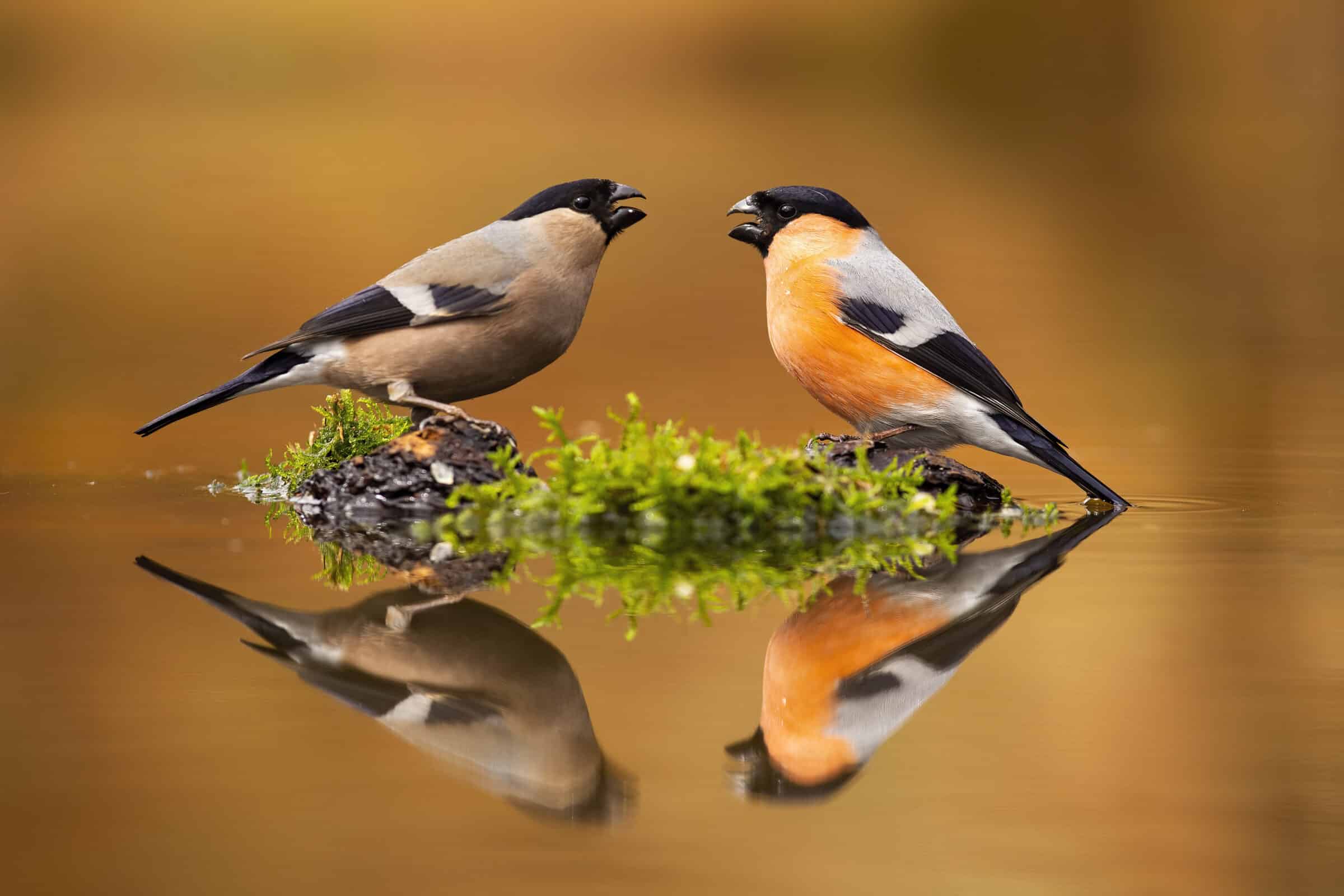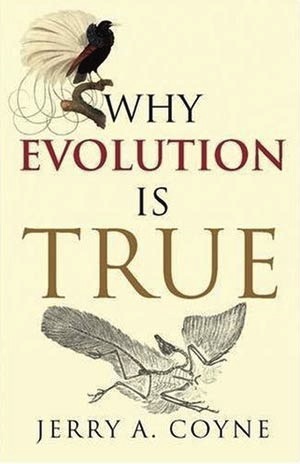 Evolution
Evolution
The Persistent Enigma of Sexual Reproduction

 I have been reviewing Jerry Coyne’s Why Evolution Is True. For previous posts in the series, see here, here, here, here, and here.
I have been reviewing Jerry Coyne’s Why Evolution Is True. For previous posts in the series, see here, here, here, here, and here.
Chapter 6: How Sex Drives Evolution
Chapter 6 is concerned with questions pertinent to sexual selection and the evolutionary advantages of sex. There is almost nothing I dispute in the first half of the chapter (except perhaps the validity of Coyne’s appeal to theological arguments about what a Creator would and would not do). In the second part of the chapter, Coyne attempts to offer an evolutionary explanation for sex.
Why Sex?
Coyne begins this section with a description of the evolutionary costs of sex. First, there is the waste of resources in producing males. Assuming a sexually reproducing female gives birth to an equal number of male and female offspring, only half of the progeny will be able to go on to have more offspring (in contrast to asexually reproducing species, all the offspring of which can subsequently reproduce). Thus, it is to be expected that the asexual female will proliferate, on average, at twice the rate of the sexual species. Given the disadvantage confronting the sexually reproducing species, one would expect them to be quickly outcompeted by the asexual species. Moreover, it must be borne in mind that, in contrast to asexual species, the females of sexually reproducing species perpetuate only half of their successful genotype. To transition, therefore, from a state of asexuality to sexual reproduction is, in effect, to gamble with 50% of one’s successful genotype. Given that the whole purpose of natural selection is the preservation of those organisms that pass on their successful genes, this seems to strike at the heart of the evolutionary rationale.
Coyne explains that “Clearly, sex must have some huge evolutionary advantage that outweighs its cost.” He continues,
The key may well lie in the random shuffling of genes that occurs during sexual reproduction, which produces new combinations of genes in the offspring. By bringing together several favorable genes in one individual, sex might promote faster evolution to deal with aspects of the environment that are constantly changing — like the parasites that relentlessly evolve to counter our own evolving defenses. Or perhaps sex could purge bad genes from a species by recombining them together into one severely disadvantaged individual, a genetic scapegoat. Yet biologists still question whether any known advantage outweighs the twofold cost of sex. (pp. 155-156)
Indeed they do. As Coyne notes, it is argued by some that the apparent disadvantages of sex, outlined above, are compensated for by the advantage that comes from the immense genetic flexibility that arises from the shuffling of genes through the process of recombination and fertilization. This entails that the population is in a better position to enable it to adapt more readily to environmental hazards such as parasites. This would give sexually reproducing species a significant advantage, while rendering asexual species more susceptible to extinction.
But here’s the thing: the fact of this obvious advantage does NOT explain how sexual reproduction arose in the first place. Indeed, such immense genetic flexibility is of benefit only to future generations, and not to the present population. But natural selection, being devoid of foresight, is not able to retain biological phenomena for their potential future utility. The problems I outlined above are potent short-term disadvantages that should have militated against sexual reproduction evolving in the first place! Moreover, sexual reproduction is a phenomenon of such complexity as to render it extremely unlikely to evolve by mutation on a frequent enough basis that we might expect it to become fixed by virtue of a few organisms somehow surviving these obvious disadvantages.
There is of course the additional conundrum related to the fact that gametes (i.e. sex cells) undergo a fundamentally different type of cell division (i.e. meiosis rather than mitosis). Meiosis entails the copying of only half of the chromosomal material. In similar fashion to mitosis (which occurs in somatic cells), each chromosome is duplicated to yield two chromatids. In contrast to mitosis, however, the homologous chromosomes are also associated. So, at the start of meiosis, each visible chromosome possesses four chromatids. At the first division, these homologous chromosomes are separated such that each daughter nucleus has exactly half the chromosome number. At this stage, each is present as two copies (chromatids). These chromatids are hence separated at the second division such that each new nucleus only has a single copy. In order for sexual reproduction to work, it is essential that the process of meiosis evolve to halve the chromosome number. And this ability must also only occur in the gametes and not in the somatic cells. This difficulty is accentuated by the multitude of novel elements that are found in meiosis, rendering it unlikely to be explicable in terms of single mutational steps.
Chapter 7: The Origin of Species
There is little in Chapter 7 that I would contest. As Coyne explains in this chapter, speciation is a real (and understood) process for which there is substantial evidence.
In a post tomorrow I will conclude my review.
